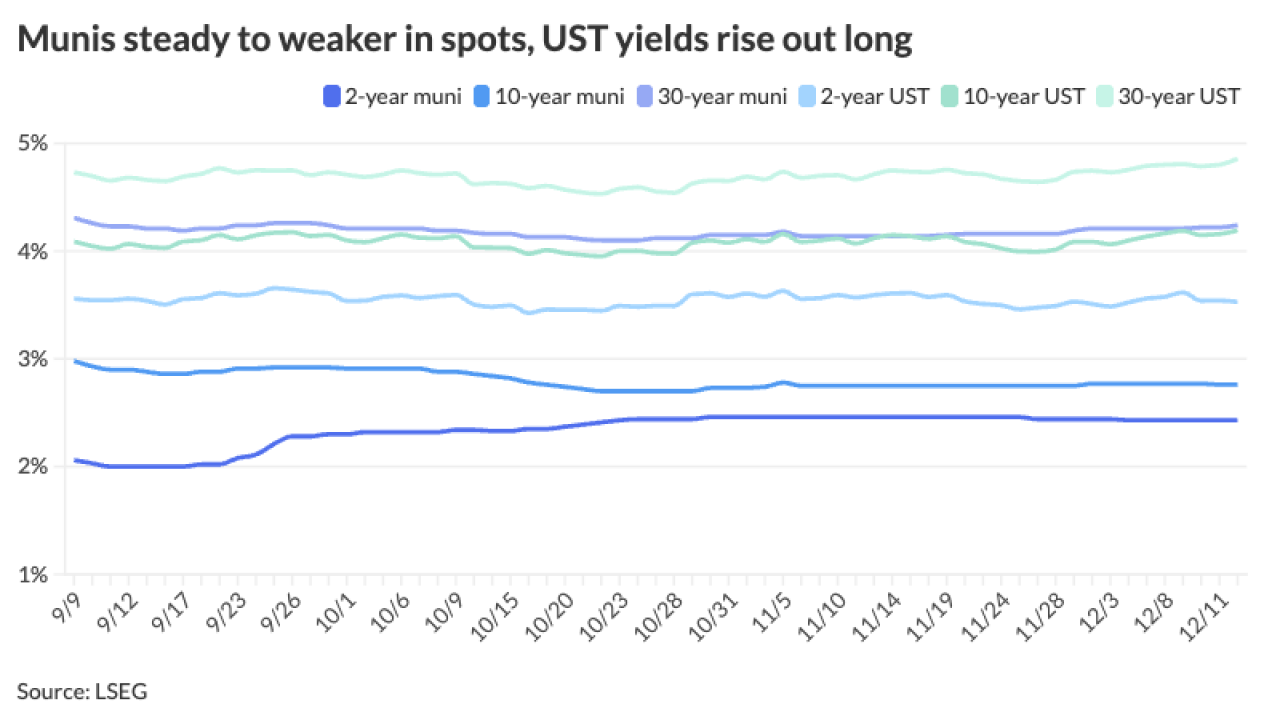Despite a lengthy delay, results of several California local tax and bond measures on the June 7 ballot were finally revealed last week as mail-in ballots, more prevalent since the pandemic, stalled final counts.
Drawn out election results have been a factor in California school and bond measures for some time, but Michael Coleman, fiscal policy advisor for the League of California Cities and the creator of CaliforniaCityFinance.com, said in an interview it has become pronounced recently.
“It’s the new world we have been seeing for the last couple of years,” Coleman said.

Another shift is that more liberal and local tax measure supporters tended to use mail-in ballots previously, but that doesn’t seem to be the case anymore, although that shift doesn't appear to have affected passage of measures in June's election.
Only 40% of ballots were counted by election night, which he said is enough of a sample to tell how things are going, except when it’s a close call.
Mail-in votes pushed three measures that were failing in early counts into the victory column, Coleman said. Two were school bonds that required a 55% majority, and one was a parcel tax that needed a two-thirds vote.
Voters pulled the level, (albeit metaphorically in some cases), on 67 measures affecting local taxes, fees or charges, according to
City, county and special districts brought 38 fiscal measures, of which 11 required a majority vote, while 27 were special tax and bond measures needing two-thirds voter approval. That total also included 10 add-on sales tax measures and 16 parcel taxes.
With all votes counted, 49 of the 67 tax or bond measures passed, for a 73% rate, similar to primary elections over the past 20 years, with the exception of the March 2020 election. The passage rate has ranged from 67% to 81%, except for the election that came at the height of COVID-19 fear resulting in the failure of 60% of bond and tax measures, according to Coleman’s report.
That failure combined with inflationary fears could have had a cooling effect on the willingness of local and school officials to place measures on June’s ballot.
“This is substantially fewer local measures, especially school measures, than ever before in a spring presidential or gubernatorial election,” Coleman said.
Coleman attributed the decline to a lot of “self-sifting” occurring with local and school officials deciding to pull back on measures they may have been considering. Perhaps, also, because polling ahead of the elections wasn’t forecasting a favorable result, he said.
The March 2020 election demonstrated confidence in measure passage, because 238 local and bond measures were on that ballot, more than twice as many as any other year since 2008, according to the report.
The number of measures on the March 2020 ballot "seemed to indicate that a lot of people thought it was a good time to," Coleman said. Then, in "March we were just smacked by COVID-19, and [officials] weren’t, of course, aware of that when they were making the decision to put the measures on the ballot.”
In June's go-round, the lower volume also may be a result of officials postponing until November, because the mid-term election is expected to draw more voters, particularly since several controversial state measures are on the ballot, Coleman said. One is an income tax on wealthy Californians that supporters say would raise $100 billion over 20 years to





